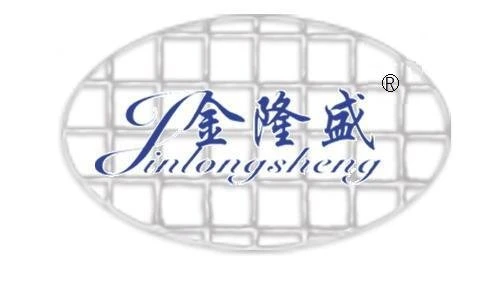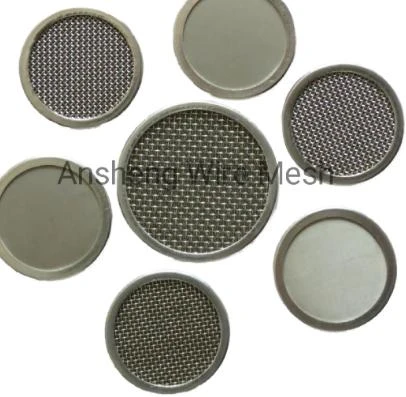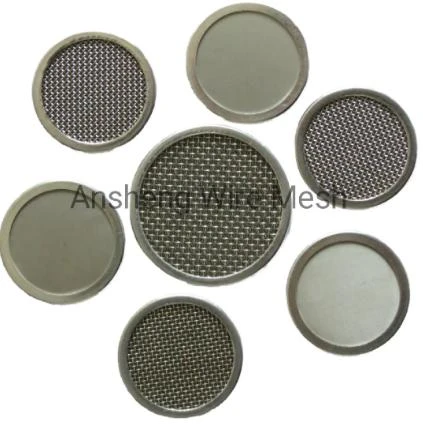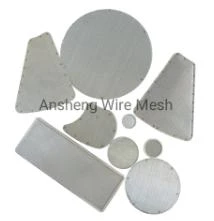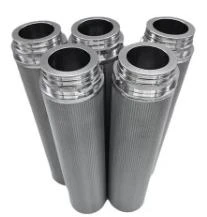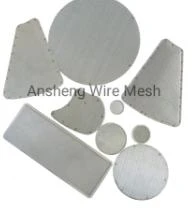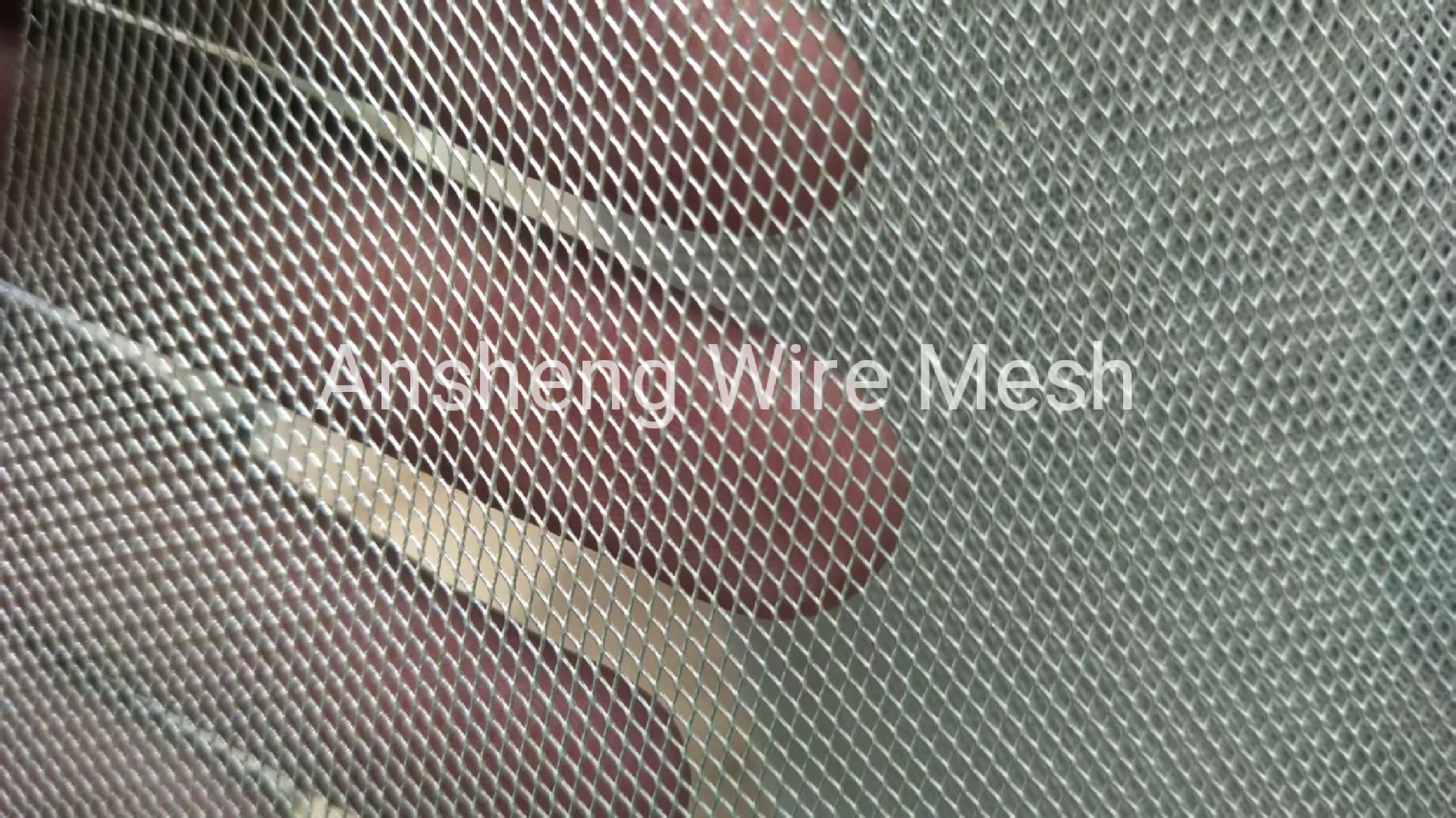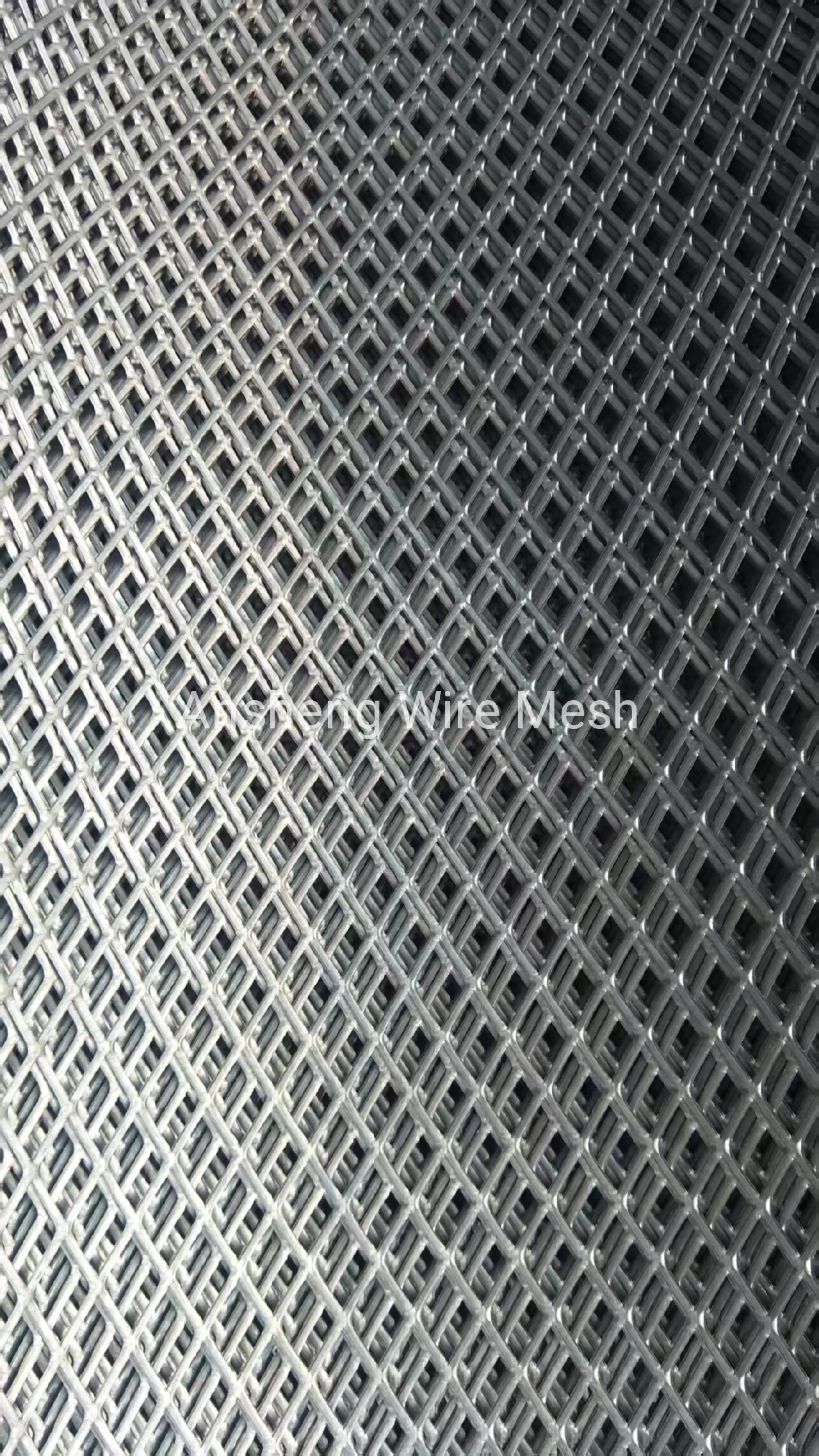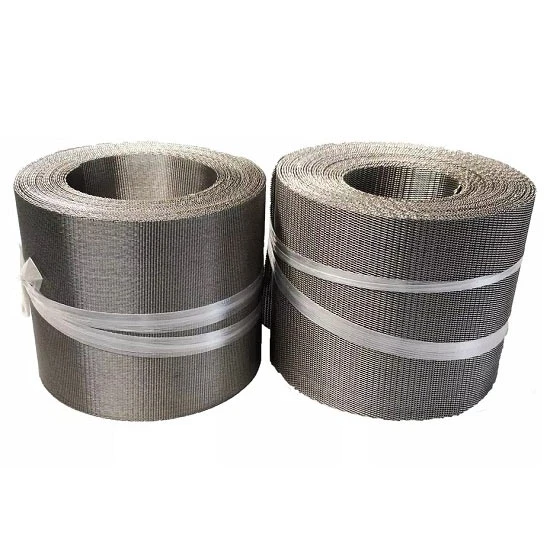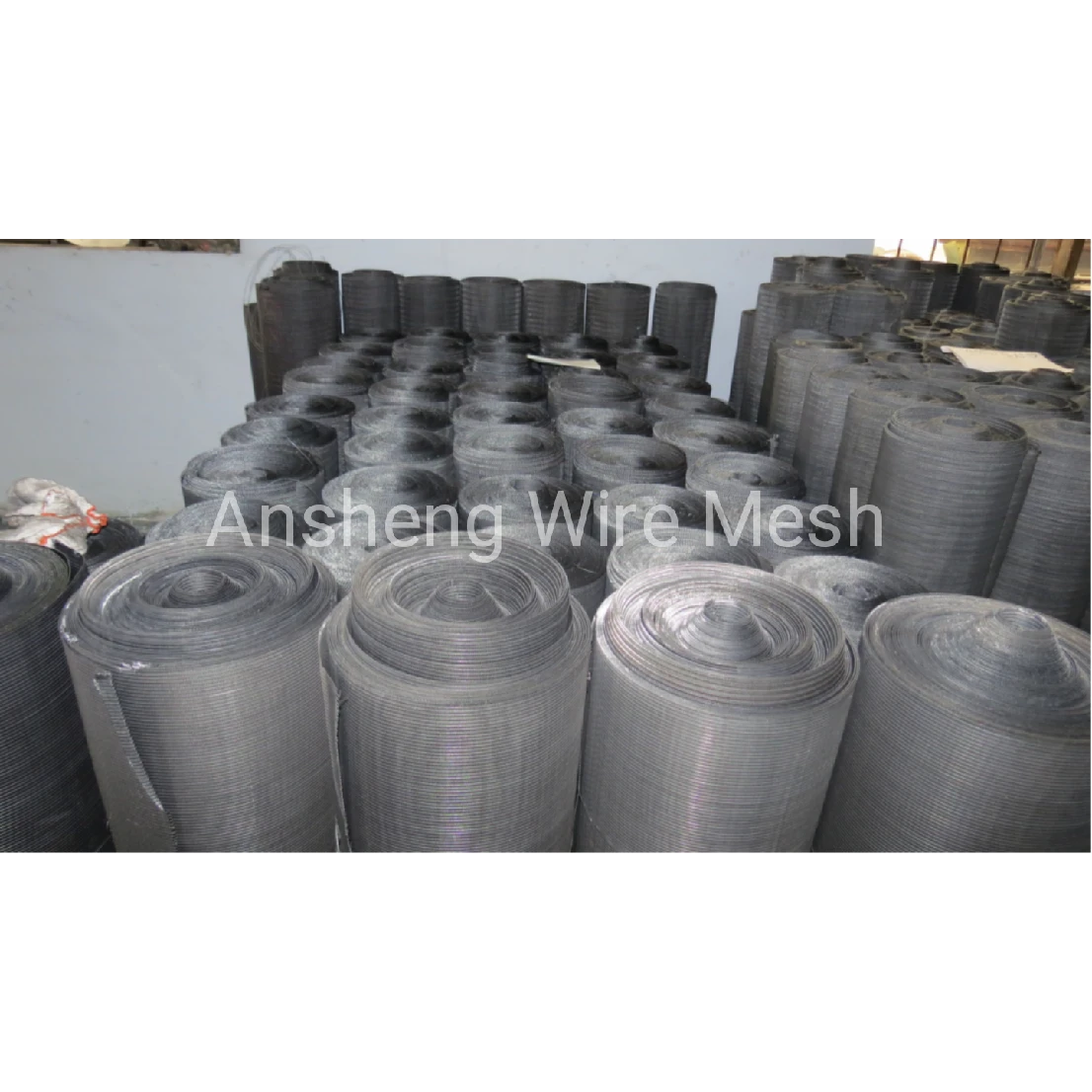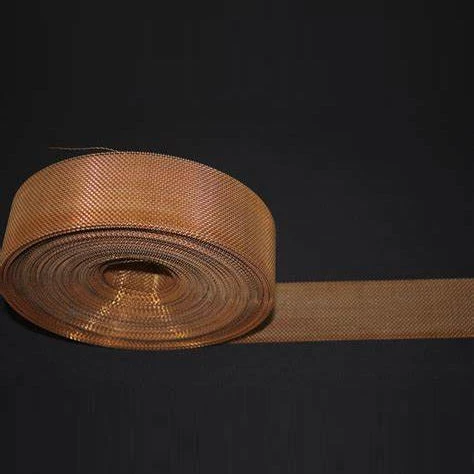In the evolving world of polymer processing, precision and durability are non-negotiable. Among the unsung heroes that power clean and uninterrupted extrusion processes are multi-layer mesh with rim products. These components, though small, perform a monumental task—ensuring consistent material flow, maintaining purity, and protecting downstream equipment. Whether you're in plastics, rubber, or food-grade extrusion, upgrading your filtration system with high-quality screen assemblies can drastically improve your production output and reduce operational downtime.
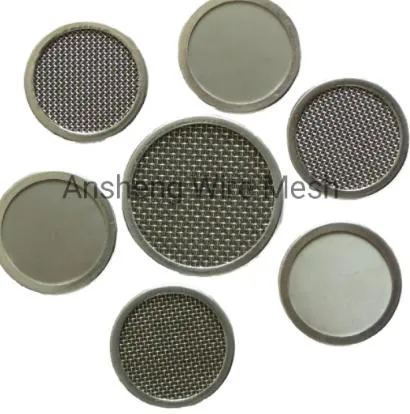
Precision Matters When Selecting extruder screens for Industrial Use
Extrusion operations rely heavily on extruder screens that can handle intense pressures, high temperatures, and varying viscosities. These screens, made from layers of fine wire mesh, trap contaminants and prevent them from entering the final product. However, not all extruder screens are created equal. A properly constructed multi-layer mesh with rim offers superior support, maintaining the integrity of the mesh structure even during prolonged use.
The rim not only reinforces the mesh but also provides a tight seal when placed in the extruder. This ensures there is no bypass of unfiltered material, which can compromise quality and cause defects in the output. The number of mesh layers used—ranging from single to five-layer assemblies—can be tailored based on the specific application and polymer type, offering both flexibility and customization.
Improve Production Flow with Consistent screen extrusion Quality
When the screen extrusion process runs smoothly, it’s often because the filtration systems are doing their job efficiently. Poor screen quality can cause irregular pressure build-up, which affects material flow and can result in product inconsistencies. Multi-layer extruder screens with a reinforced rim prevent mesh collapse and help maintain uniform melt pressure across the die head, crucial for high-speed and high-volume applications.
For demanding industries like blown film, sheet extrusion, and pelletizing, screen integrity is a deciding factor in production consistency. Choosing welded or spot-welded rim screens ensures mechanical strength and a longer service life—two qualities that significantly reduce maintenance frequency and cost.
Why Premium extrusion screens Are a Smart Investment
Investing in high-performance extrusion screens might seem minor compared to large-scale machinery, but the impact on process stability and product quality is massive. Premium screens offer tighter tolerances, smoother surface finishes, and better mesh-to-rim adhesion. This means fewer screen changes, less downtime, and a lower risk of contamination in sensitive production environments.
What sets premium extrusion screens apart is the consistent alignment of mesh layers and a firm rim bond that doesn’t loosen under thermal cycling. This mechanical resilience not only improves filtration precision but also extends the screen’s usable life, giving operations more value per unit.
How Reliable extruder screens suppliers Can Add Value to Your Operations
Working with experienced extruder screens suppliers gives you more than just a supply of mesh filters. It grants you access to custom design options, technical consultations, and quality assurance protocols that protect your brand reputation. Reliable suppliers understand that each application requires a specific screen mesh configuration, and they offer solutions tailored to material throughput, contamination level, and extruder type.
In addition, reputable suppliers offer full traceability of materials, ensuring that only high-grade stainless steel or specialty alloys are used in the manufacturing of both mesh and rims. This not only guarantees product durability but also ensures compliance with food-grade or medical-grade extrusion regulations when needed.
Structural Integrity Begins with Strong rim mesh Engineering
The rim mesh design plays a critical role in overall screen functionality. The rim ensures proper seat placement within the breaker plate and prevents distortion during extrusion. Most commonly made from stainless steel, aluminum, or brass, the rim offers mechanical protection to the mesh edges and can be configured as round, rectangular, or custom-shaped depending on the extruder design.
Laser welding, TIG welding, or ultrasonic welding are commonly employed techniques to fuse the mesh and rim, enhancing overall strength and minimizing risk of mesh fraying. A well-engineered rim mesh resists blowouts and ensures uninterrupted flow, even during high-volume continuous production cycles.
Trusted Applications for Multi-Layer Mesh With Rim
Multi-layer mesh screens with rims are utilized in a broad range of sectors—from plastic molding and wire coating to fiber spinning and adhesive extrusion. The screens help maintain process purity in:
Film and sheet extrusion
Injection molding machines
Masterbatch and compounding lines
Food and pharmaceutical extruders
Pipe and profile extrusion
Each use case demands reliability, longevity, and consistent mesh performance—traits that high-quality screen packs with rim consistently deliver.
Customization Options in Extrusion Filtration Technology
Customization is key in modern manufacturing. Whether it’s mesh size, number of layers, rim material, or screen diameter, extrusion professionals often require bespoke screen packs. Suppliers offer options such as:
Spot-welded multi-layer packs
Bound edge rim packs for better stability
Filter packs with alternating mesh sizes for graded filtration
Custom shapes (oval, square, semi-round) for unique die setups
These tailored solutions improve operational efficiency by reducing screen failure rates and offering better contaminant holding capacity.
Streamline Your Process with the Right Supplier Partnership
Choosing the right screen supplier means more than price—it’s about peace of mind, repeatability, and support. Top-tier manufacturers offer pre-shipment inspections, performance testing, and digital documentation for every batch. This allows clients to optimize inventory management and reduces the risks associated with procurement delays or quality issues.
Multi-Layer Mesh With Rim FAQs
Q1: What is the main benefit of a multi-layer mesh with rim?
A: It offers higher structural integrity, better contaminant filtration, and extended screen life under high pressure and heat conditions.
Q2: Can I customize the number of mesh layers in extruder screens?
A: Yes, suppliers often offer screens from single up to five or more layers, depending on your application and desired filtration level.
Q3: What materials are used for rim construction?
A: Common rim materials include stainless steel, aluminum, and brass, chosen based on chemical resistance, cost, and mechanical strength.
Q4: How often should extrusion screens be replaced?
A: This depends on the type of material being processed, contamination levels, and screen quality, but a regular inspection cycle is recommended.
Q5: Are rim mesh screens suitable for food-grade extrusion?
A: Absolutely—when made from certified stainless steel and produced under hygienic conditions, they comply with industry standards for food and pharmaceutical use.
Post time: Aug . 18, 2025 09:30
